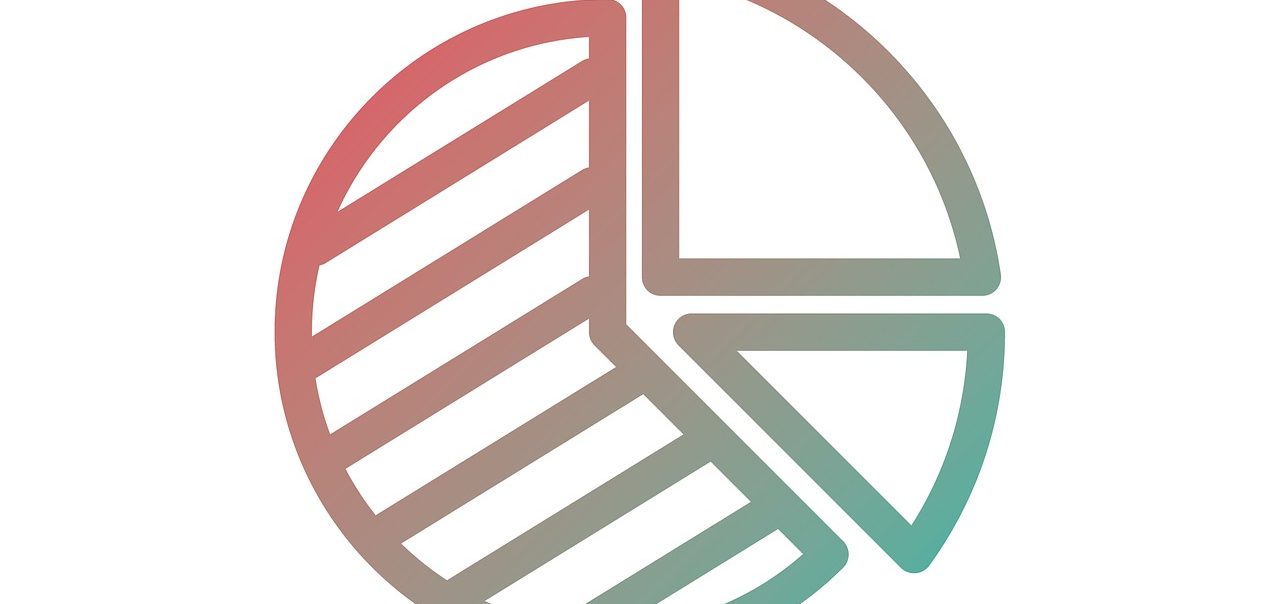
Articles
Higher Education
Industry News
Study Finds 37% of Latin American Students Who Used ISAs to Pay for College Had No Other Options
By Henry Kronk
October 03, 2019
Income share agreements are among the most controversial topics in higher education today. The agreements involve financial institutions funding a student’s education in exchange for a portion of the income they earn for a set period following graduation. While proponents say they can blunt the mounting student debt crisis, critics say they open the door for predatory lending practices. Much of this conversation is speculative. ISAs have only been available for a short time at a limited amount of institutions in the U.S., and little is known about how students will actually use them at scale.
A working paper by Maria Claudia Soler, a PhD candidate in education policy at the University of Illinois-Urbana Champaign, provides further insight into the issue. Soler analyzed data and surveyed a group of Latin American students who had applied for an ISA through Lumni. The Chilean company, which now operates in Colombia, Peru, Mexico, and the U.S., was founded in 2002.
ISAs Have Been Difficult to Investigate
As such, Soler gained access to a sample of over 800 learners who had applied for ISAs to attend a range of different universities. Of this number, 238 learners answered her survey, 194 of whom had taken the ISA (Takers) and 44 of whom had turned it down (Non-Takers). Lumni, furthermore, has demonstrated its viability in the market, while most other American providers have yet to establish their product. With that said, Lumni’s ISA is unique itself, and the individuals in the sample Soler analyzed are from Colombia and Peru.
Based on data from Lumni and the questionnaire Soler devised, the researcher found a number of interesting insights.
Among the ISA Takers, Soler divided them into two groups: those who said they had alternatives to the ISA, and those who did not.
Soler found that 37% of those who had taken the ISA would not have been able to study their major of choice at their university without the agreement. Among these, if no ISA had been available, two-thirds would not have studied, and one third would have studied at a less expensive institution.
Takers differed from Non-Takers in other important ways as well. Non-Takers were more likely to earn As in their courses (16% of Non-Takers versus 7% of Takers), while more Takers earned C’s (31% of Takers versus 16% of Non-Takers).
The two groups also demonstrated a good deal of statistically significant differences in their perceived understanding of ISAs.
Ironically, Non-Takers were 13% more likely to have received guidance on ISAs from their college or university. Non-Takers were also 9% more likely to express confidence in their understanding of ISA contracts.
There was also a difference in how the two groups weighed ISAs versus normal student loans. Takers were 35% more likely to believe that loans are riskier than ISAs.
Takers Versus Non-Takers Differed in Significant Ways
These findings, however, also reflect the differences in ISAs that each group was offered. Non-takers tended to be offered agreements that involved them paying more of their post-college earnings than Takers.
Soler presents several more comparisons in her study. The findings suggest that ISAs provide a unique opportunity for a specific subset of students and have varying appeal with others.
The findings also support ‘adverse selection,’ or the phenomenon that lower achieving students will choose ISAs more than their higher-achieving peers.
As Soler writes, “If individuals with lower academic performance select systematically into ISAs, ISA investors could make decisions in eligibility criteria to change the pool of eligible students and turn to high performers and high-income students to maximize returns. This action could result in leaving low-income students and minority students, who graduate at lower rates than White and wealthy students, out of ISAs programs.”
There are several limitations to this analysis. Besides the sample size, the vast majority of the individuals who participated were in STEM fields.
Featured Image: Pettycon, Pixabay.









No Comments